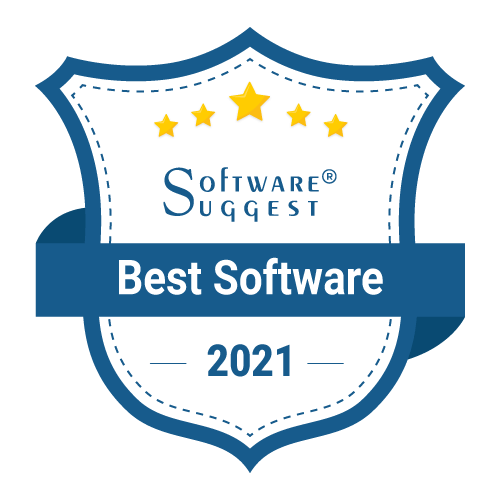About Us
EmployeeVibes is a web-based HR management solution helping organizations in digitizing their entire business processes. The software is used for monitoring a variety of distinctive tasks starting from employee onboarding, task scheduling, leave and attendance monitoring, payroll management, and off-board management. etc.
Read MoreContact Us
- 701 & & 702, Shiv Bhakti CHSL, Sardar Vallabhbhai Patel Rd, opposite Ganesh Mandir, Dahisar West, Mumbai, Maharashtra 400068
- info@employeevibes.combd@employeevibes.com
- +91 8092677384+91 9821221717


What is EmployeeVibes?
EmployeeVibes is a web-based HR management solution helping organizations in digitizing their entire business processes. The software is used for monitoring a variety of distinctive tasks starting from employee onboarding, task scheduling, leave and attendance monitoring, payroll management, and off-board management. etc.
Discover MoreLeave and Holiday
Time And Attendance
Payroll Management
Recruitment Management
Performance and Goal
Onboarding Management
Off-boarding Management
Compensation Management
Reports & Analytics



Analyze.
Apprehend.
Act.
Report Designer-Scheduler saves 5X time. Analytics and intuitive Charts keep you in top of your game.

With Next level features, designed for you.
Elevate Your Workforce with Dynamic Chart Integration in Our HRMS Software
Revamp your HR operations with EmployeeVibes' HRMS software's dynamic chart integration. Gain instant access to visually-rich insights on workforce metrics, from performance trends to diversity analytics. Make data-driven decisions effortlessly and enhance your company's productivity and employee satisfaction. Elevate your HR game with us.



Activate.
Applaud.
Appraise.
With advanced modules like Performance Management, make sure you appraise the right resources.
Get Demo
We make it happen! Get your hands on the best solution based on your needs.
Get Free DemoTrusted by companies of all sizes
We provide best solutions for HRMS




































